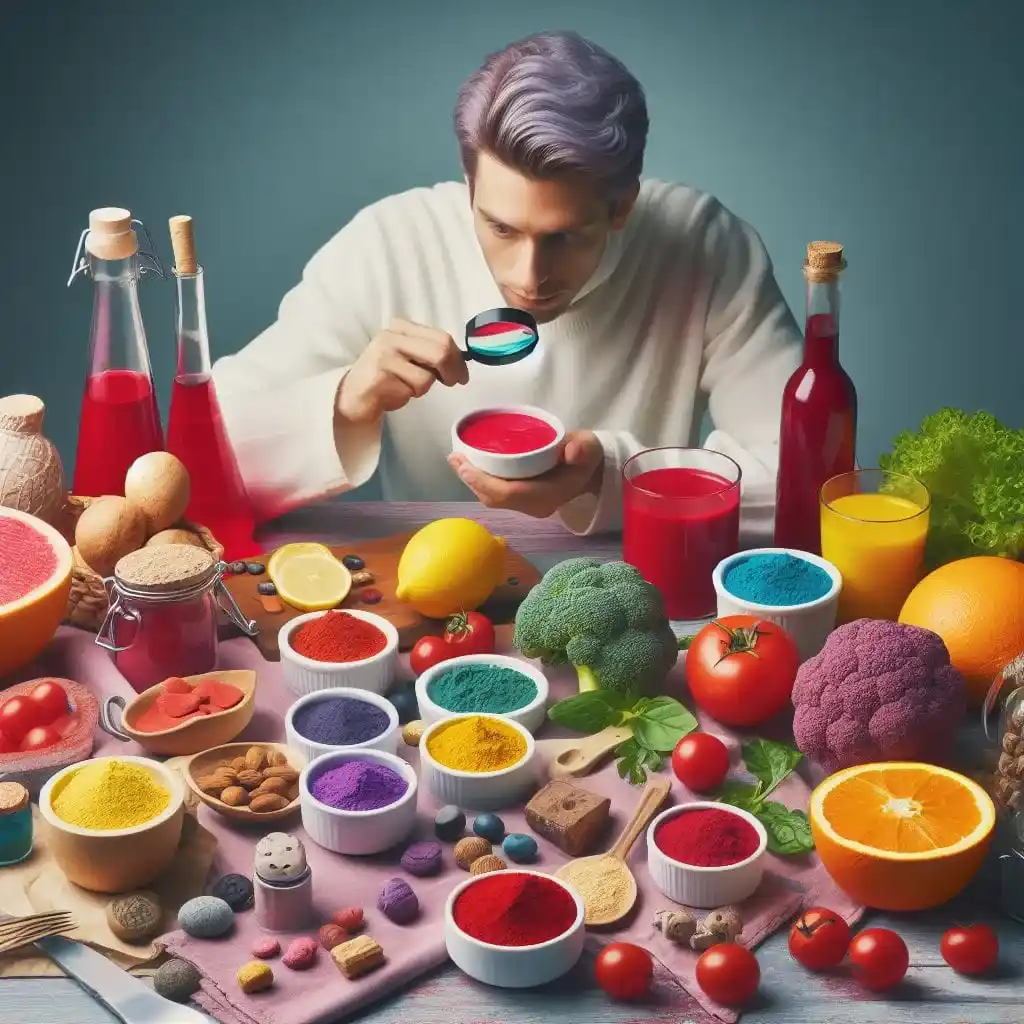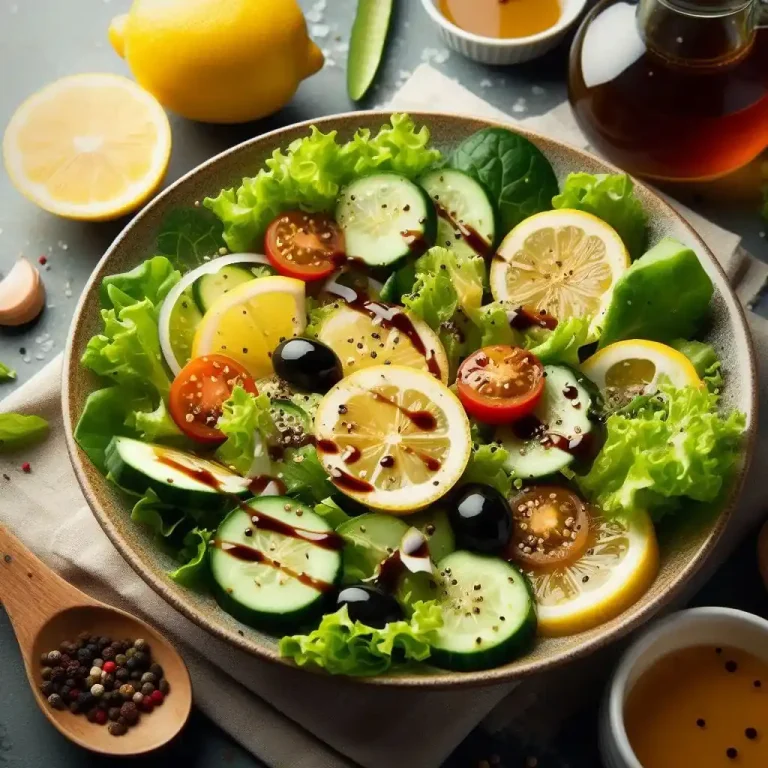Exploring Alternatives to Red 3 Food Color: Embracing Healthier Options

In the world of food coloring, Red 3 has long been used to impart vibrant hues to a variety of products, ranging from candies and desserts to beverages and condiments. However, concerns over its safety and potential health risks have led to a growing demand for alternatives that offer similar visual appeal without compromising consumer health. This blog delves into the search for alternatives to Red 3 food color, exploring natural and synthetic options that prioritize safety and quality.
Understanding Red 3 Food Color
Red 3, also known as Erythrosine, is a synthetic dye used as a food colorant, commonly found in candies, baked goods, and snack foods.
A Synthetic Dye
Red 3, also known as Erythrosine, is a synthetic dye commonly used to color foods and beverages. It belongs to the class of azo dyes and is characterized by its bright red hue, making it a popular choice for adding visual appeal to a wide range of products.
Safety Concerns
Despite its widespread use, Red 3 has raised concerns among health experts due to potential links to health issues. Studies have suggested that it may have carcinogenic properties and could pose risks to human health, particularly with long-term exposure.
Exploring Alternatives
Exploring alternatives to Red 3 food color involves seeking natural options like beet juice, paprika extract, or turmeric to maintain vibrant hues without synthetic additives.
Natural Colorants
Natural colorants offer a safe and sustainable alternative to synthetic dyes like Red 3. Ingredients such as beetroot, paprika, and annatto extract provide vibrant hues ranging from red to orange to yellow, without the need for artificial additives.
Beetroot Extract: Rich in betalains, beetroot extract provides a natural red hue that is perfect for coloring beverages, sauces, and desserts. Its earthy flavor profile adds depth to culinary creations while offering antioxidant benefits.
Paprika: Derived from dried peppers, paprika extract offers a vibrant red-orange color that is ideal for savory dishes, snacks, and seasonings. Its smoky flavor profile complements a variety of cuisines, adding both color and depth of flavor.
Annatto Extract: Extracted from the seeds of the annatto tree, annatto provides a golden-yellow hue that is commonly used in dairy products, baked goods, and snacks. Its mild flavor and subtle aroma make it a versatile option for coloring a wide range of foods.
Synthetic Alternatives
While natural colorants are preferred by many consumers, synthetic alternatives to Red 3 also exist. These dyes are carefully formulated to meet safety standards and regulatory requirements, offering vibrant colors without the potential health risks associated with Red 3.
FD&C Red No. 40: One of the most widely used synthetic dyes, FD&C Red No. 40 provides a vibrant red hue that is commonly found in candies, beverages, and desserts. It is approved for use in foods and beverages by regulatory agencies like the FDA and EFSA.
Challenges and Considerations
Challenges and considerations in exploring alternatives to Red 3 food color include ensuring stability, achieving desired color intensity, and addressing potential flavor impacts while meeting regulatory requirements for safety and labeling accuracy.
Balancing Safety and Visual Appeal
Finding suitable alternatives to Red 3 food color requires careful consideration of both safety and visual appeal. While natural colorants offer clean label appeal and potential health benefits, they may not always provide the exact shade or stability desired by food manufacturers.
Consumer Education
Educating consumers about the importance of food coloring safety and the availability of alternative options is crucial in driving demand for healthier alternatives. Transparency in labeling and clear communication about the sources and benefits of natural food colorants can help build trust with consumers.
Conclusion: A Brighter Future
As concerns over synthetic food dyes like Red 3 continue to grow, the search for safer and healthier alternatives has never been more important. Whether through natural colorants derived from plants and spices or carefully formulated synthetic dyes, food manufacturers have a responsibility to prioritize consumer health and safety while maintaining the visual appeal of their products. By embracing alternatives to Red 3 food color, we can create a brighter and healthier future for the food industry and consumers alike.






